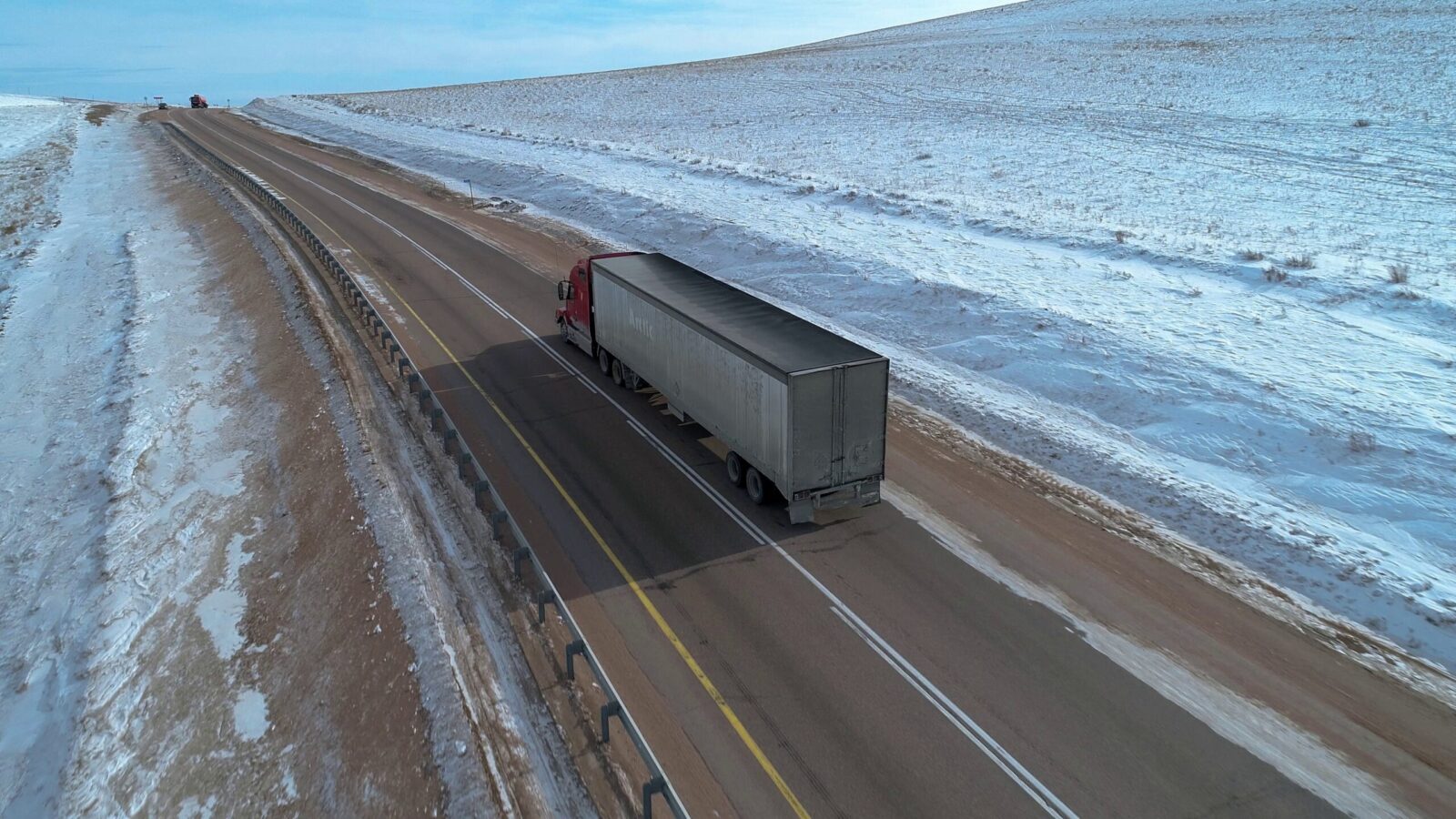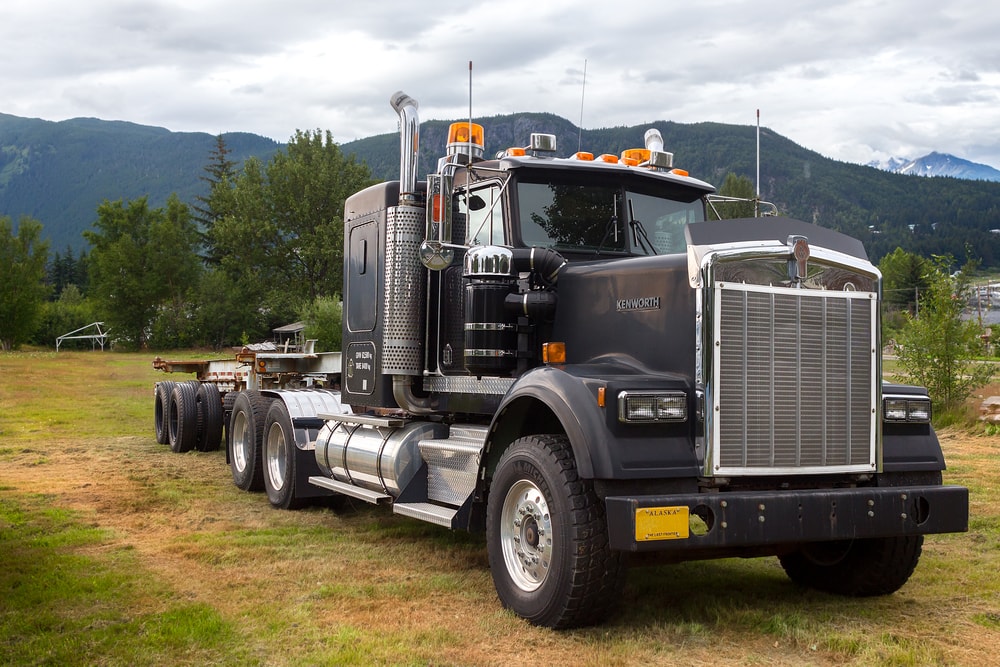What Team Driving Means in Trucking
In the trucking world, team driving refers to a setup where two drivers share the same truck, alternating behind the wheel to keep the load moving with minimal stops. Also known as team truck driving, this method is designed to maximize drive time, especially on long hauls or time-sensitive shipments.
Unlike solo drivers who are required to stop for mandatory rest breaks, team truck operations allow one driver to rest in the sleeper berth while the other remains on duty. This setup keeps freight rolling nearly 24/7, making it a popular option for priority loads and expedited freight.
But is team driving the right fit for every driver?

How Team Driving Works
In a typical team driving setup, one driver is on duty and behind the wheel while the other rests during their off-duty period. This rotation allows the truck to stay in motion for longer periods—ideal for covering coast-to-coast freight without extended downtime.
To stay compliant, driving teams must follow DOT regulations, which include limits on consecutive hours, duty cycles, and required rest periods. Both OTR team drivers are expected to accurately log their hours, sleep cycles, and shifts.
Because of the continuous movement, team drivers often log significantly more miles per week—sometimes 5,000+ combined—compared to the 2,500–3,000 that most solo drivers cover.
Pros of Team Driving
For the right setup, team driving offers some appealing advantages:
More miles, more money: Because the truck rarely stops, team drivers make more per mile than most solo routes.
Great for experienced drivers who want to split the workload and avoid driving alone in adverse driving conditions.
Ideal for friends, family, or couples who want to spend time together while working.
Can accelerate a new driver’s career by offering training or mentorship opportunities.
That said, these benefits come with lifestyle trade-offs, and not every driving partner pairing works out smoothly.
Cons of Team Driving
Team driving also presents several challenges that shouldn’t be overlooked:
You give up complete control over your route, timing, and breaks.
Sharing a cab with another person full-time can be stressful, especially over long stretches.
Sleep and rest can suffer due to road noise, movement, and inconsistent schedules.
A mismatched partnership can create tension and reduce overall job satisfaction.
For solo drivers who enjoy privacy and independence on the open road, it may feel overly restrictive.

Who Team Driving Is Best For
Team driving isn’t for everyone, but it works for some drivers based on their goals and personality.
It appeals to those looking for higher pay and efficient freight cycles.
A successful two-person team thrives on cooperation, patience, and strong communication.
Drivers who enjoy company and value emotional or logistical support may find team setups more enjoyable.
It’s also ideal for those wanting to travel across more of the country while staying in motion.
Still, the lifestyle isn’t suited to drivers who prefer solitude, personal space, or full independence.
Important Rules and Considerations
Before jumping in, it’s essential to understand the team truck driving rules that define how driving teams operate.
DOT rules dictate how duty time, off-duty periods, and logs must be handled.
Opportunities for dedicated teams—especially those handling priority loads—can boost earning potential with access to a dedicated team truck.
FMCSA training expectations also apply, and a personalized approach to building team compatibility can make or break the experience.
The takeaway? Legal compliance, team dynamics, and operational structure are just as important as miles and pay.
Why ShipEX Doesn’t Offer Team Driving
At ShipEX, we take a different approach. While team driving can be profitable in some setups, we believe that solo drivers deserve more space, more rest, and more control, which is why we do not offer team driving.
Instead, every ShipEX driver is assigned a solo truck, without the need to split the cab or adjust to someone else’s schedule. This model allows for:
Full access to truck amenities and storage
Uninterrupted sleep and private downtime
Complete control over personal space, breaks, and pacing
We also recognize that life on the road can get lonely. That’s why we offer a free passenger policy—after 30 days, drivers can bring along a spouse, friend, or family member to help combat the isolation that often comes with long hauls.
For us, it’s not about squeezing out every mile—it’s about creating a sustainable, comfortable environment through a personalized approach that values the driver as a person, not just a seat.

Is Team Driving Right for You?
Like most choices in trucking, it depends on what you want out of your time on the road.
A team means compromise, shared space, and coordinated planning. It might offer more money and built-in support, but it also comes with challenges, like adjusting to someone else’s rhythm, limited privacy, and sleep disruptions.
If you want to spend less time stopped and more time in motion, team driving might be worth considering. But if you’re someone who prefers solitude, flexibility, and choosing your own breaks, then solo driving could be a better long-term fit.
Either way, the road is wide, and the choice is yours.
